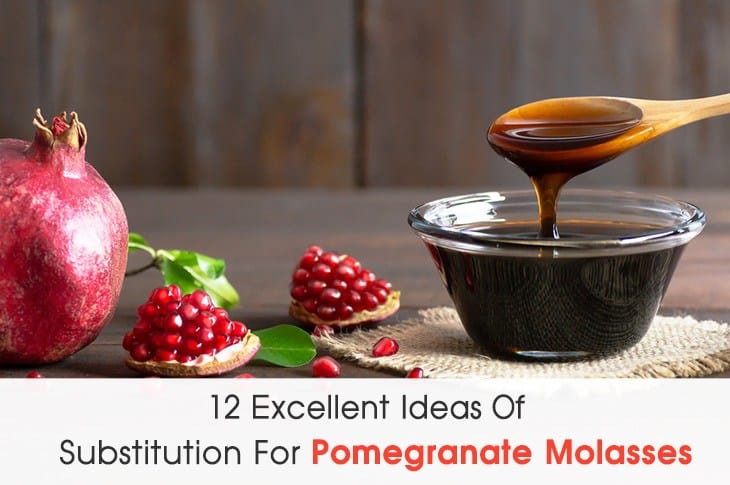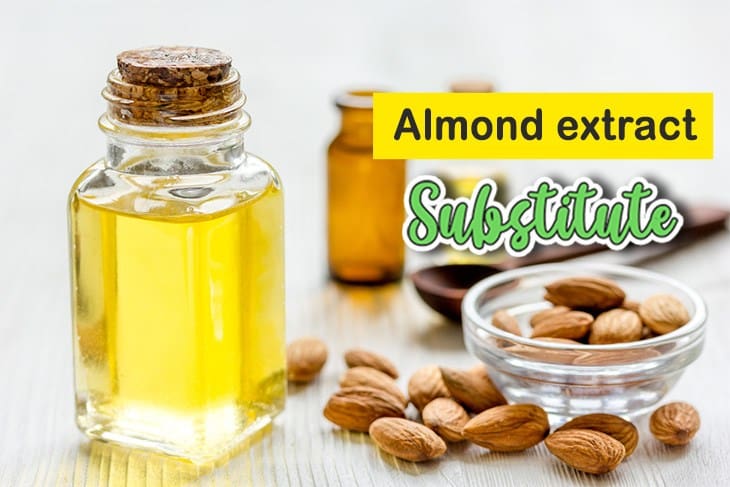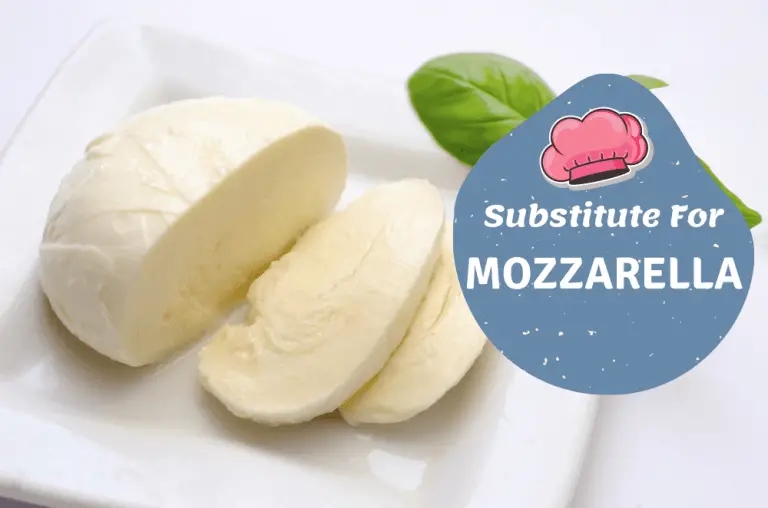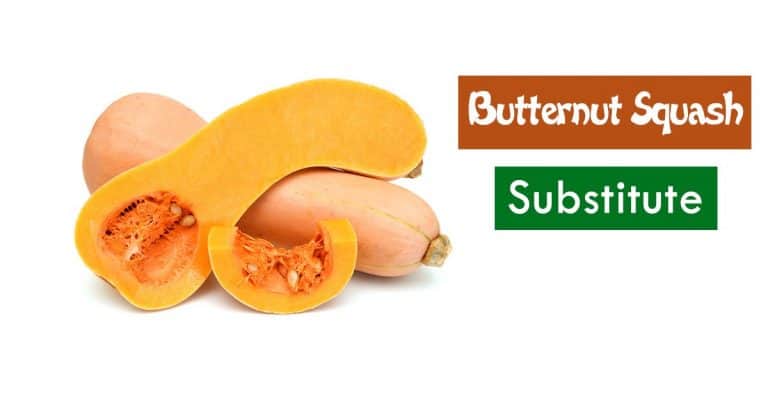
Mushrooms are a great ingredient to cook. They have a rich, earthy flavor and can be used in many different dishes. They make a great substitute for meat in vegetarian dishes and can be cooked in many different ways. If you don’t have any mushrooms on hand? What should you use instead?
Don’t worry! There are plenty of other ways you can make your dishes taste just as good with these substitutes.
Here’s a list of great substitutes that will work in all sorts of recipes:
11 Great Foods To Replace Your Favorite Mushroom Dishes With – Guaranteed!
1. Zucchini
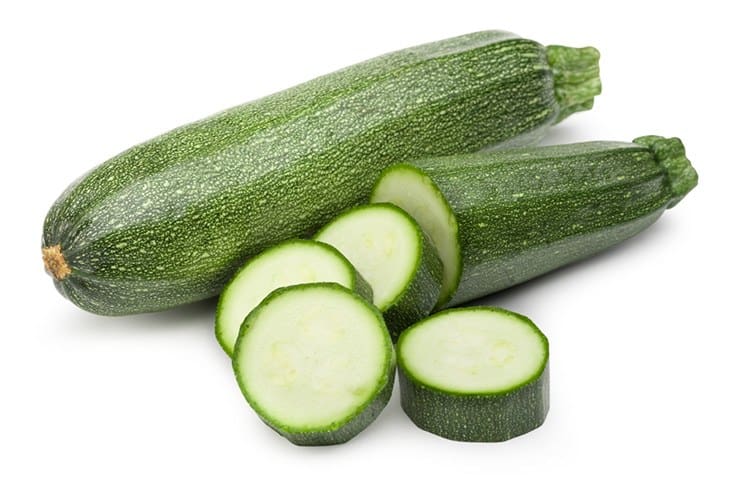
For those who love mushrooms, but can’t eat them because of a dietary restriction or allergy; zucchini is the answer to your dreams. What you need is a zucchini that’s slender, not too large. You’ll get a taste that is most similar.
Zucchini doesn’t have much flavor and many will describe it as bland. However, I disagree with this statement because everyone’s taste perception differs. To me, zucchini tastes light sweet and fragrant.
When it comes to pasta, zucchini is your new best friend. If you’re going for a slow-cooked meal like a casserole or stir fry, make sure not to overcook the vegetables in an attempt of getting them soft enough.
This vegetable has high water content which can make some dishes overly soggy though. To make them even more perfect, sprinkle a bit of salt over the top and let it sit (10 minutes). That will help release some of that excess moisture – no worries about soggy pasta dishes here!
It is shown that zucchini has a high level of fiber, which prevents carcinogens from descending into the colon. It also rich in antioxidants like A and C, as well as folic acid- these destroy cancer-causing agents and prevent various types of tumors to be seen.
2. Tofu
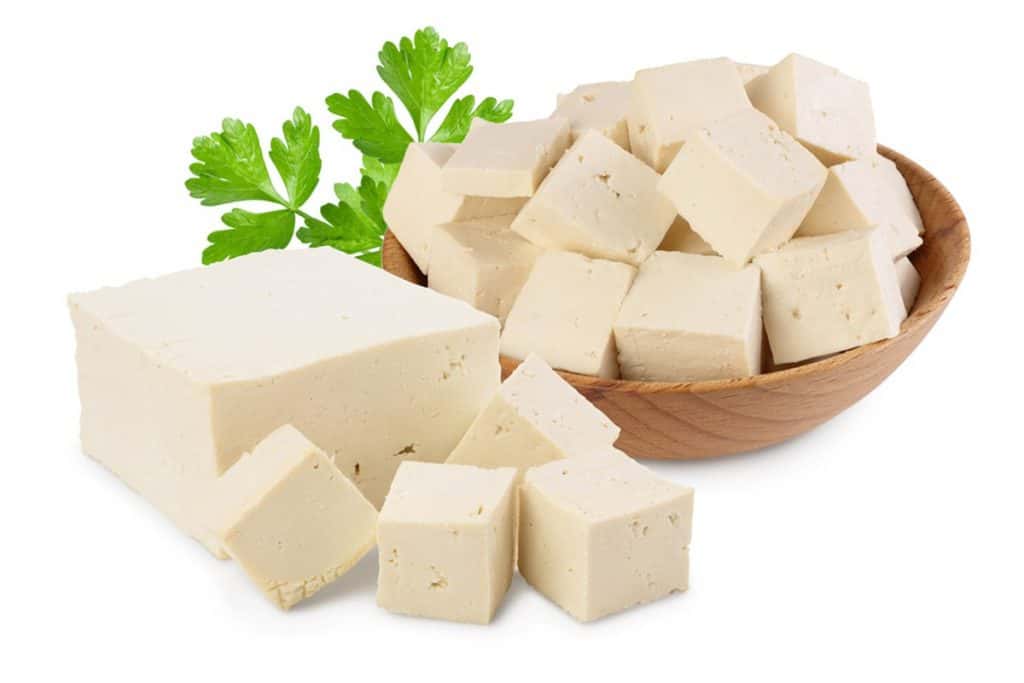
Tofu has a long, storied history in China. Allegedly the first tofu was discovered by accident when someone prepared fresh soy milk and added nigari (a mineral-rich coagulant used to help solidify it). Tofu is made from condensed soymilk that’s pressed into white blocks during a process similar to cheesemaking.
Tofu is a great source of protein for vegetarians and vegans who want to eat healthy. Compared with animal proteins, tofu has less saturated fat and more heart-healthy fats that can help protect your cardiovascular health. Tofu also offers the benefits of being low in carbs which might be helpful if you’re looking to watch what you consume or lose weight!
One way to make your recipe a little more interesting is by adding soy sauce. The saltiness of the soy sauce will give you something savory that may be missing from mushrooms and tofu, while also giving it some earthy qualities to balance out the dish.
3. Yellow Summer Squash
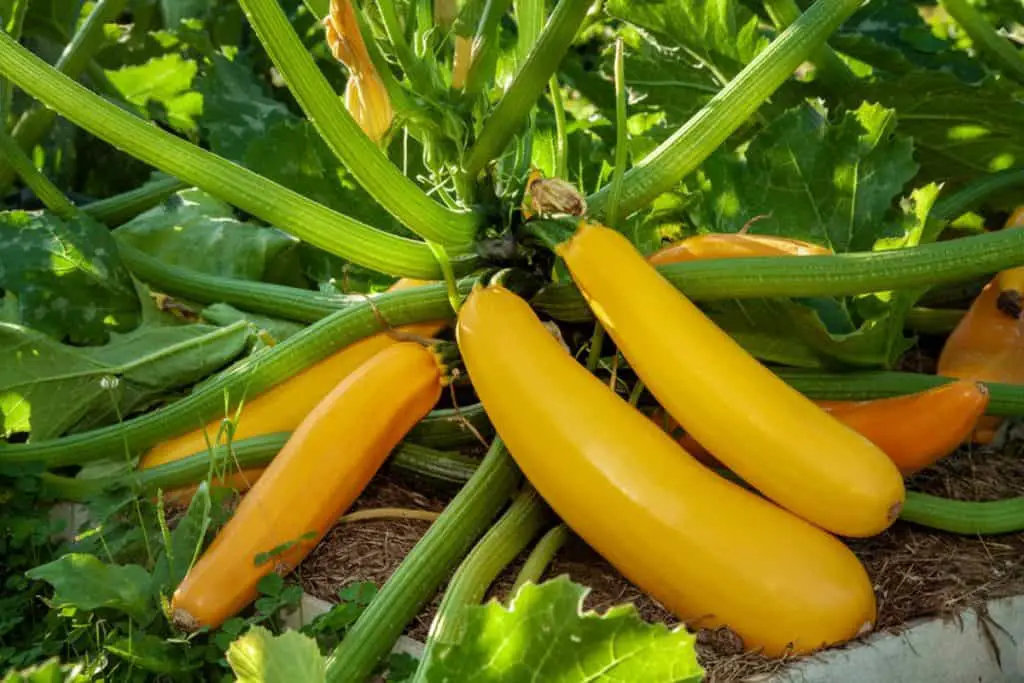
In recent years, the popularity of cooking with fresh vegetables has risen as more people realize how important it can be to their diet and health in general. One vegetable which this trend seems to have been especially beneficial for is the yellow summer squash (aka scallopini)
I love summer squash! They are close relative to pumpkins, cucumbers, and melons. These guys grow on bushes rather than vines like winter squashes do.
Some people turn to squash when they want a nice, simple side dish. It’s easy to cut it up and serve as is or with some butter garlic sauce on top for an even more flavorful experience! This beautiful summer vegetable can be eaten raw in salads but also cooked into dishes such as spaghetti squash casserole. Summer squashes are good sources of Vitamins A & C which boost immunity against disease-causing organisms.
Yellow summer squash is an excellent choice if you want to make a hearty soup or risotto. And, when mushrooms are scarce, it makes for the perfect mushroom substitute!
When you learn how to cook yellow squash be sure eat the skin as this where most of the fiber, vitamins A., Vitamin B6 and Vitamins C lives.
4. Tempeh

Tempeh is a delicious plant-based protein from Indonesia and it’s made by fermenting soybeans. It was originally created as a meat substitute because of animal scarcity and it remains popular for vegetarians today due to its high protein content, versatility, delicious flavor profile, and affordability.
Store-bought versions often include other beans or grains – contains more than double the amount of protein found in chicken breast!
Tempeh is a vegan’s best friend! It has the texture of meat and takes on flavors very well. Tempeh tastes mild with no saltiness, making it great for whatever you serve it with. Some people say that tempeh even has a bit of an earthy flavor which reminds them of mushrooms.
Tempeh can be used similarly to tofu cubes with sauces or mixed vegetables dishes like ratatouille. This product also works well when pan fried on each side until crispy browned then cut up into chunks which are usually served over rice.
5. Dried Mushrooms

Dried mushrooms are usually used in dishes with long cooking times because they add flavor and texture to the dish. Fresh, on the other hand, can be added at any time during preparation for a quick burst of umami goodness. For example, dried shiitakes would work well as an ingredient in a slow-cooked beef stew whereas fresh oyster or shitake mushroom slices could enhance your favorite stir fry recipe!
The best way to reconstitute dried mushrooms is to simply soak them in water. But be careful not too use hot or warm water because this will extract flavor from the mushroom and leave less for you! Try room temperature instead, which softens up those hard little guys while leaving more of that great fungus-y taste right there where it belongs.
Drying is one way that chefs make sure their ingredients will last through lengthy preparations – like preparing for winter months when you’re stocking up on hearty soups and stews. Dried mushrooms typically have more intense flavors than those which haven’t been dehydrated since water content has decreased by about 90%.
6. Sun-Dried Tomatoes: The Perfect Topping For Your Dishes
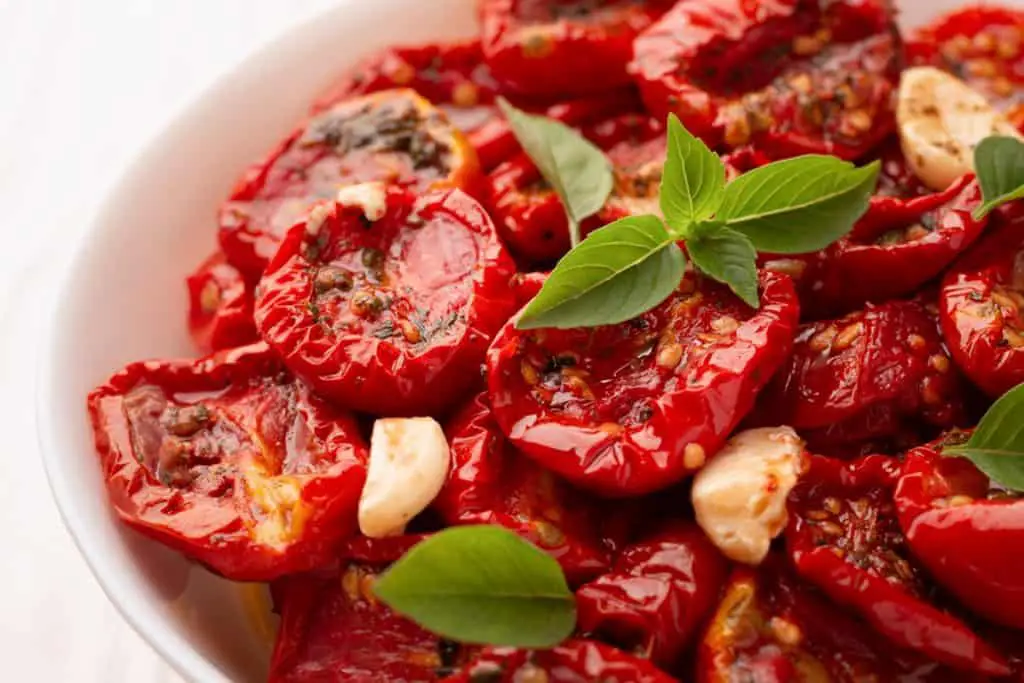
The earthy, rich taste of dried tomatoes can be a great topping to add some personality and evoking the tastebuds and stimulating the appetite. Sun-drying helps the tomato achieve an inimitable flavor that is unlike anything else on your shelf! You also don’t have to worry about soggy pasta or tomato sauce when cooking these.
I have always been a fan of making my own sun-dried tomatoes. It’s not difficult, but it does require patience and the right kind of weather for good drying conditions!
First, slice the tomato into thin slices and fry them in olive oil until golden brown on both sides (or use more forgiving methods like baking or microwaving). Once cooled enough for handling, drain away any excess fat by blotting with paper towels then mix together your favorite sauce ingredients – I recommend parsley, cilantro, dry herbs of choice as well as salt and pepper. Spread it evenly over each side of the crisped up fruit before transferring onto a cookie sheet lined with parchment paper where they should be left uncovered overnight so that all moisture can evaporate from their surfaces.
Don’t have sun-dried tomatoes on hand? Do not worry. I wrote an article about alternative ingredients for sun-dried tomatoes.
7. Eggplant
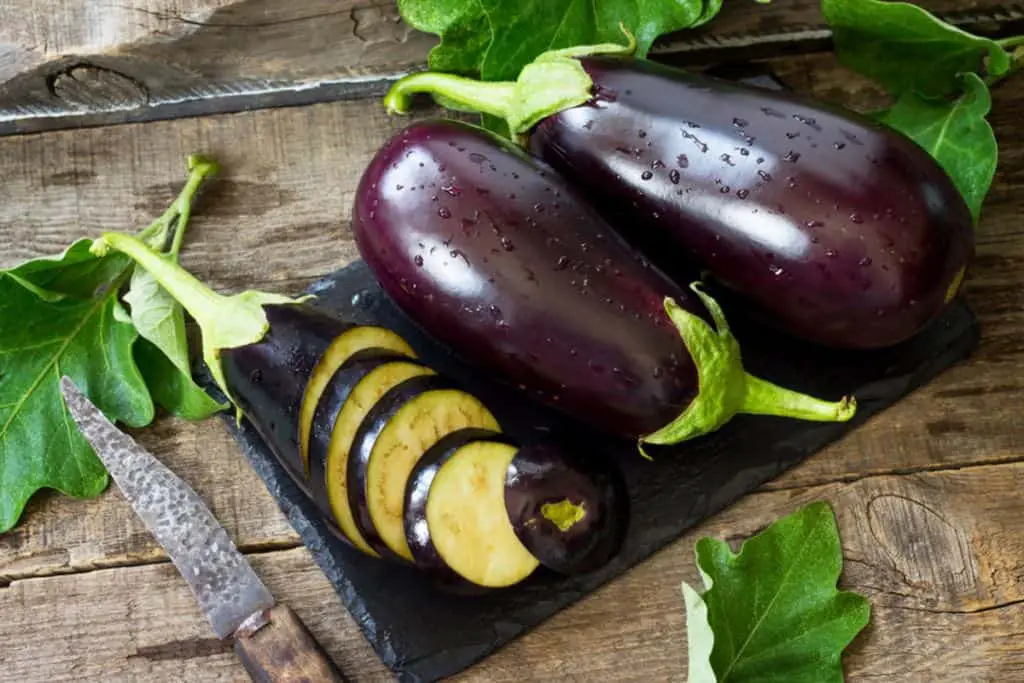
Eggplant is an ingredient that can be used to replace the mushrooms’ meaty texture. It has a mild taste and won’t give you any of those off-putting mushroom flavors if it’s what you’re looking for.
When using eggplant as a substitute for mushrooms, be aware that you must make small cuts since the size of this vegetable does not work well in large pieces. Also, it’s important not to overcook them so they don’t become soggy and unappealing for your dish!
As you peel your eggplant, it will quickly start to turn black. But don’t worry!
As soon as you have completely removed all of the skin from this vegetable, throw it into a shallow dish full of cold water so that its color can be preserved while preventing oxidation which deepens colors such as browning or discoloring.
One cup of blue eggplant is amazingly low-calorie (35 calories) and perfect for replacing or using as a mushroom substitute. It’s surprisingly small number compared to other kinds of food, making it the best choice when trying to lose weight!
I also wrote an article about eggplant substitutes. If you are interested, you can refer here.
8. Garbanzo Beans (Chickpeas)

The good news is that you never need to be without a flavor in your meal ever again. If the recipe calls for dried mushrooms, consider substituting them with chickpeas!
When you think of the Mediterranean, it probably brings to mind olive oil and this small bean that originated there. Chickpeas are sometimes referred to as garbanzo beans in many cultures outside of the Middle East or North Africa – but they all have one similarity: these legumes are found on dinner plates around the globe!
Chickpeas are an excellent source of protein and come packed with many different vitamins like Vitamin B-6 which helps keep blood sugar levels stable throughout time. Don’t miss out on this great opportunity to get more nutrition into your diet by trying recipes from all over the world today.
Small Tip for cooking perfect chickpeas:
Slow soak, slow cook is the best way to make cooked chickpeas (slowing down means savoring every moment). Soak your dried beans overnight (or boil water if time doesn’t permit) before cooking until they are soft but still intact, then let cool off by themselves at room temperature.
Many people like cooking dried beans, but a common problem is that the water can often foam up in early stages of boiling. This leads to dry-textured cooked beans from air pockets forming during this process. Fortunately, these situations are preventable by reducing heat and skimming with metal spoon as needed – don’t worry!
9. Russet Potatoes: Substitute For Mushroom in Baking or Frying
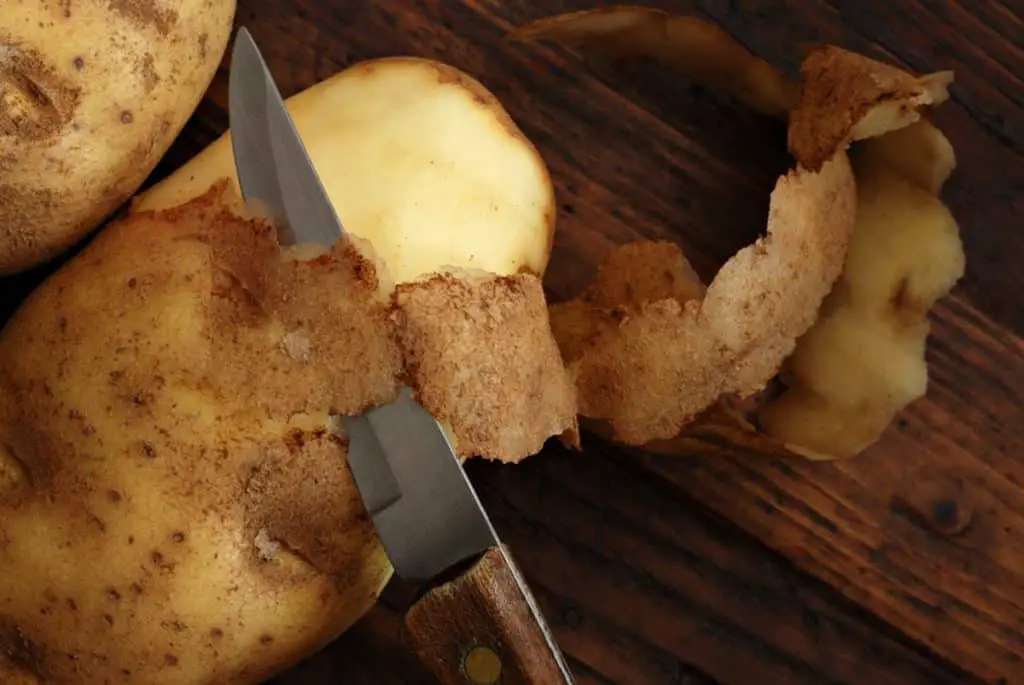
Russet potatoes are among the most versatile of all potato varieties. The long, medium to large size with a thick and rough peel is perfect for fried, baked or mashed spuds – plus they’re super easy to grow!
One of the main features of Russet potatoes is their ability to absorb a lot of liquids, making them ideal for recipes like mashed potatoes or baked potato wedges. The downside? They’re terrible at cooking soup and salads!
Russet potatoes are the perfect side dish to go with your next meal. You can boil them, mash them and fry or bake for a great taste in any cuisine!
A key ingredient in many dishes are mushrooms. When you want to replace them, try using potatoes for baked or fried recipes! For best results start by cleaning the skin and peeling carefully while removing eyes with a knife. Lastly cut into smaller pieces before adding ingredients like salt and pepper if desired.
When I’m cooking, sometimes recipes call for mushrooms. But have you ever tried potatoes? They’re usually a tad sweeter than the average mushroom and they work really well in dishes like baked or fried ones! To make them super-tasty, clean their skin and peel carefully while removing the eyes (you can also cut them into smaller pieces if needed)
All they need is some careful prep work and time on the stove top- no oven necessary here. Of course, like all vegetables there’s always something new that can be learned about these guys with use which we’ll cover below:
Proper Skin Care:
Before peeling your potatoes, wash them and allow for drying time. This will help ensure that when you’re holding the potato it won’t be slippery and your hands aren’t left with a wet feeling afterward. If time doesn’t allow for drying first, use a dish towel or clean cloth of some kind so as not to leave any messes behind on the surface.
10. Onions
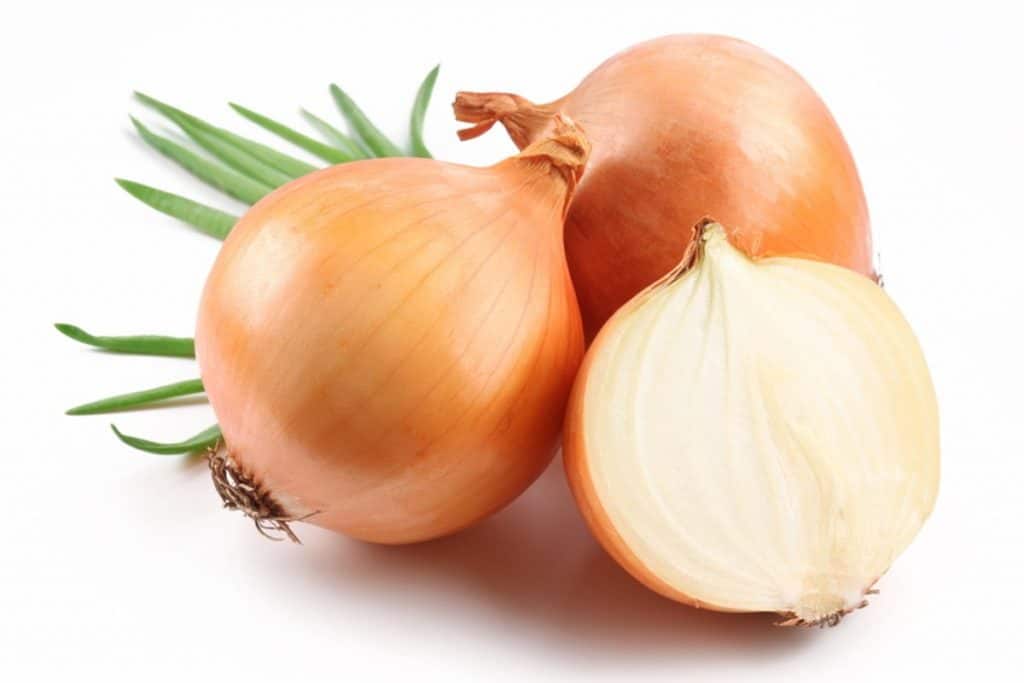
What’s so great about onions?
Onions are a sweet, crunchy vegetable that is scientifically called Allium cepa. They have been around for thousands of years. They were originally grown in central Asia near the Tigris River Valley to be eaten as potherbs or vegetables with other dishes but sometime between 2000 BC-1000 AD onions spread westward along trade routes through Egypt and on their way took root across Europe.
Onions are a common ingredient in many dishes around the world. White, Yellow and Red Onions. All these onions vary slightly in flavor, texture and color; however they can all be substituted for one another. The only difference is their appearance on the plate! In terms of cooking, they will behave similarly to one another.
Onions come in many varieties, but each is distinctive. Their flavor ranges from mild and slightly sweet to very spicy and intense depending on the variety of onion you’re considering buying at any given time. If raw onions are eaten they have a low amount of calories for their size (only about 40 per 3 ½ ounces) with 89% being water content, 9% carbohydrates, 1.7 % fiber-allowing it to fill up your stomach without adding too much sugar or fat into your diet!
Onions can produce a wide range of flavors depending on how you cook them. One way to decipher the best cooking method is through your nose and eyes. You’ll know it’s done when the onions have lost their fiery sting and instead are sweet, caramel-like in aroma with little volume left. But don’t take your eyes off things too long as these pungent bulbs burn easily if not stirred regularly!
11. Artichoke Hearts

Artichoke hearts are like a cross between asparagus and broccoli. They’re unique, but not everyone loves them- some people really love this vegetable for its uniqueness!
Artichoke hearts are great vegetables that can be served as a meal by themselves. They’re also healthy and they work well in place of mushrooms, which many people find too fatty for their taste buds.
There is something magical that happens when you boil or steam an artichoke. The outer leaves soften and are easier to break apart, revealing the delicious heart! It’s also loaded with all sorts of nutrients such as fiber, vitamin C, vitamin K (which helps make your blood clot), folate (helps form red blood cells) calcium iron potassium.
Conclude
Thank you for reading this article. I hope that it has been helpful to someone who may be struggling with finding good food without mushrooms- whether they have an allergy or just want a different flavor!


